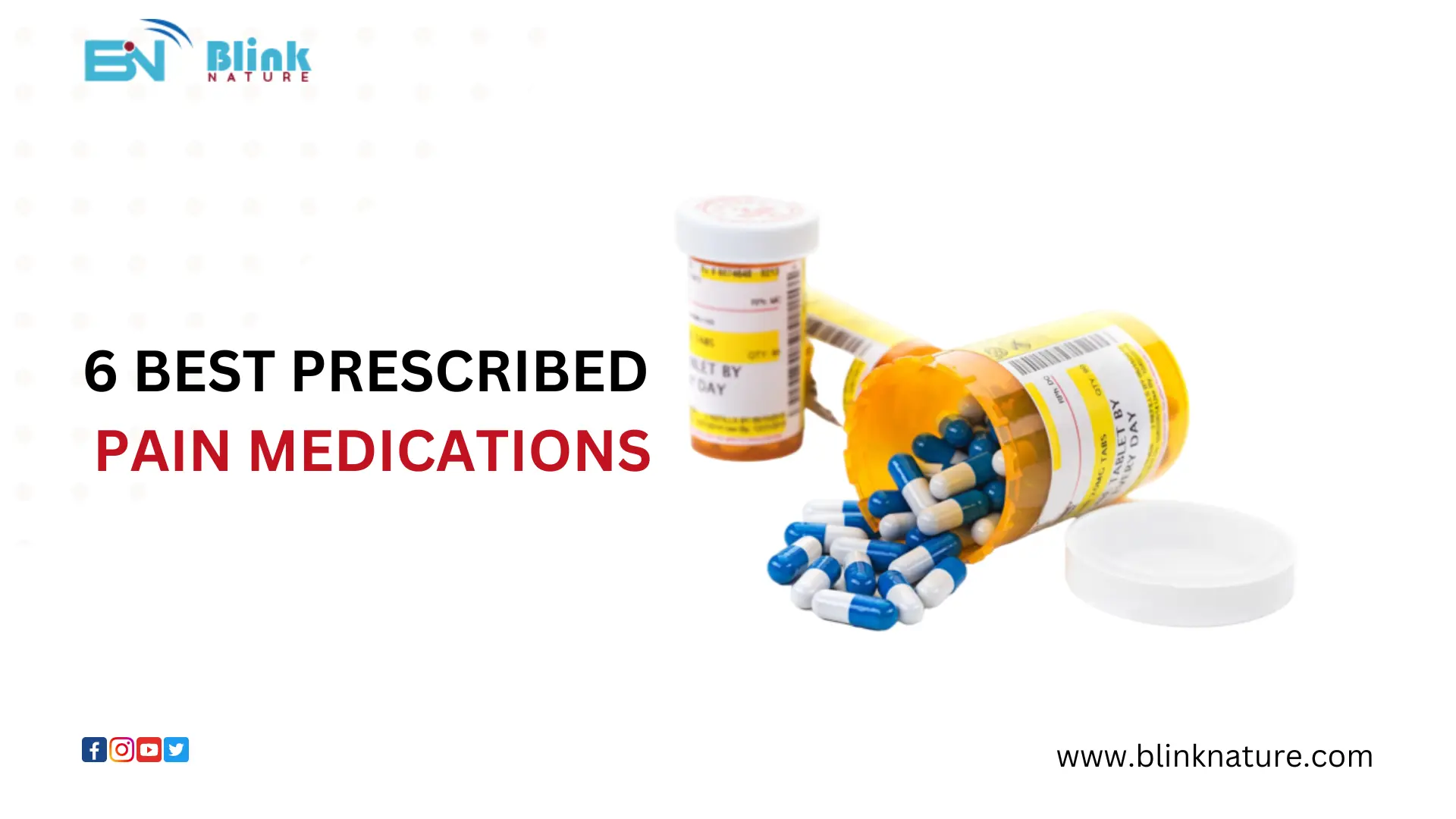
The combination of acetaminophen with other medicines and Nonsteroidal anti-inflammatory drugs (NSAIDs) are the over-the-counter pain treatment. Both of them reduce fever and relieve pain caused by muscle aches and stiffness and other types of pain medications.
Both medication classes work differently to provide relief against pain. NSAIDs relieve inflammation, swelling, and irritation by reducing prostaglandins’ production (a pain-causing substance in the body). On the other hand, acetaminophen acts on the brain and nervous system to reduce pain.
You should consult your health expert before using these medicines because NSAIDs can increase heart attack or stroke risk and cause stomach ulcers, bleeding, and kidney disorders.
You can use the round-the-clock if you have pain or inflammation in your body, but it is advisable to consult your doctor if the pain persists. Your doctor will recommend a suitable prescription according to your health condition. Doctors can suggest medicines from the following medication class:
Corticosteroids provide you relief from inflammation by reducing swelling, redness, itching. It is also an effective treatment for allergies, asthma, and arthritis. However, it may cause you some severe side effects such as:
Opioid pain medication contains natural, synthetic, or semi-synthetic opiates used to treat acute pain and pain after surgery. These are very effective in treating pain but have some side effects on health. Side effects of using Opioid medication include the following:
The severity of side effects depends upon the fact which Opioids medication you are taking. Some examples of Opioid medicines are as follows:
It is also a highly addictive pain medication that is used for the long term; therefore, it is advisable to consult your doctor before using it.
Antidepressants are the first-choice treatment for depression, but it is also effective pain medication. It works on the brain and nervous system to provide relief.
The following are some types of antidepressants used to treat pain and certain emotional conditions:
It is advisable to consult your doctor before using these antidepressants because they can cause you certain severe side effects after using them. Antidepressant side effects include the following:
Anticonvulsants or anti-seizure medications, as the name suggests, it is the first-choice treatment for seizures. It is also effective in pain management. Anticonvulsants work on the brain and nervous system to provide relief against the situations, but they can also cause you some of the following side effects:
Your doctor will prescribe you other pain treatments according to your health conditions and tolerance capacity. They can advise using transdermal skin patches or injections used as pain medication.
If you don’t observe any improvement in your condition even after taking these pain medicines, you can also take some physical therapies to control pain because sometimes pain medication isn’t enough to cure the problems.
Tags: Pain management, pain medication, What are anticonvulsants (anti-seizure medications)?, What are antidepressants?, What are corticosteroids?, What are Opioid medications?, What are other pain treatments that your doctor can prescribe?